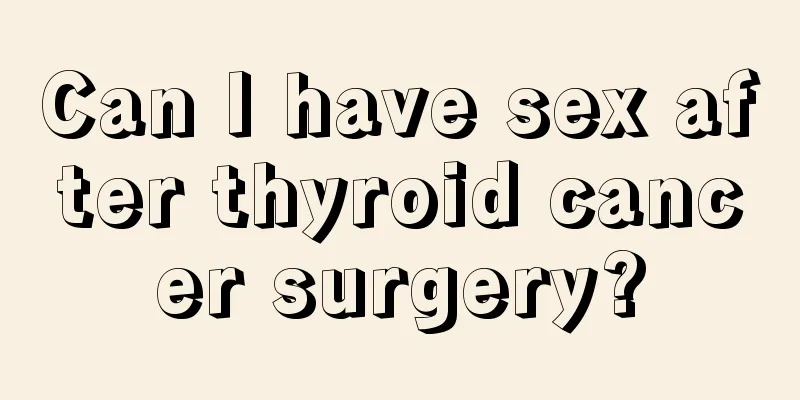Is there any harm in tooth extraction

|
Tooth extraction is a common method of treating dental diseases, such as orthodontics or removing caries. Generally, tooth extraction will not cause harm to your health, but you should also understand some indications. For example, when gingivitis occurs and causes toothache and swelling, you cannot have the tooth extracted at this time. If a tooth extraction is required, you must make a timely diagnosis to see if it is suitable. The dangers of orthodontic treatment 1. Loose teeth are one of the harmful manifestations of orthodontic treatment. Under normal circumstances, each tooth has a certain physiological mobility to buffer chewing pressure and prevent tooth trauma. During orthodontic treatment, teeth become more mobile, which is a normal reaction. For teeth to move, the alveolar bone and periodontal ligament need to be reconstructed, because the teeth are fixed in the alveolar bone by the periodontal ligament, so the teeth will become loose. However, after the teeth are corrected to their normal position and stop moving, the teeth can use their own repair ability to reattach the periodontal membrane and become stable, without permanent damage. 2. Orthodontic treatment may have some impact on the dental pulp. In the early stages of orthodontic treatment, a mild, temporary inflammatory response occurs in the dental pulp, which manifests as pain or discomfort in the first few days when force is applied. 3. The harm of orthodontic treatment also affects the height of the alveolar bone. People who have undergone oral orthodontic treatment will have a small decrease in the height of the alveolar bone. This is because wearing braces makes it difficult to maintain oral hygiene, increases the chance of gingivitis, and has a certain impact on the alveolar bone. After the treatment is completed, the alveolar bone will no longer continue to be absorbed. If oral hygiene is maintained well, the alveolar bone will gradually return to normal. The harm of tooth extraction and tooth correction 1. Alveolar osteitis after tooth extraction : Inflammation of the alveolar bone after orthodontic tooth extraction usually occurs within 2-5 days after tooth extraction, manifesting as severe pain at the extraction site. 2. Complications after tooth extraction : including prolonged bleeding from the wound and swelling after tooth extraction. These symptoms usually disappear within a few days. 3. Tooth extraction causes nerve damage : There are usually two types of nerves damaged by orthodontic tooth extraction, one on the left and one on the right. Such tooth extraction injuries are rare and usually temporary, but some extractions can cause long-lasting or even permanent nerve damage, which requires consulting a doctor before orthodontic extraction. |
<<: What is the correct way to use paint stripper?
>>: What causes itchy throat and cough?
Recommend
What is the prevention of melanoma
Melanoma is a disease caused by melanin. It has a...
Experts briefly analyze the main symptoms of liver cancer
It is understood that in China, many people lose ...
How can I wash the ink off clothes?
Many parents will find that their children may ha...
There are gray spots in the armpits. When it gets hot, it turns red. It doesn't hurt or itch. There is no reaction in winter.
Many people have gray spots under their armpits, ...
How to reduce inflammation after squeezing pimples
Some people often get acne on their faces, especi...
What are the early symptoms of colon cancer? Can colon cancer be cured? How long can you live?
Colon cancer is a common malignant tumor of the d...
Sewing machine jumper
We may all know about sewing machine thread skipp...
What are the surgical treatments for endometrial cancer? There are three treatments
Patients with stage I disease can undergo extrafa...
How to wash oil on jeans
In life, many people like to wear jeans. Denim is...
Symptoms before death from late stage bile duct cancer
Cholangiocarcinoma is one of the common malignant...
How to get rid of mosquito poop the fastest
Mosquito droppings are also called freckles. This...
What methods are there to remove acne?
The appearance of acne marks or acne is actually ...
Where is the most common site of colorectal cancer?
Where is the most common site of colorectal cance...
What effect will be achieved by beating the muscles
Beating the muscles is effective in slimming down...
Composition of white gasoline
White spirit is similar to gasoline. Although its...









